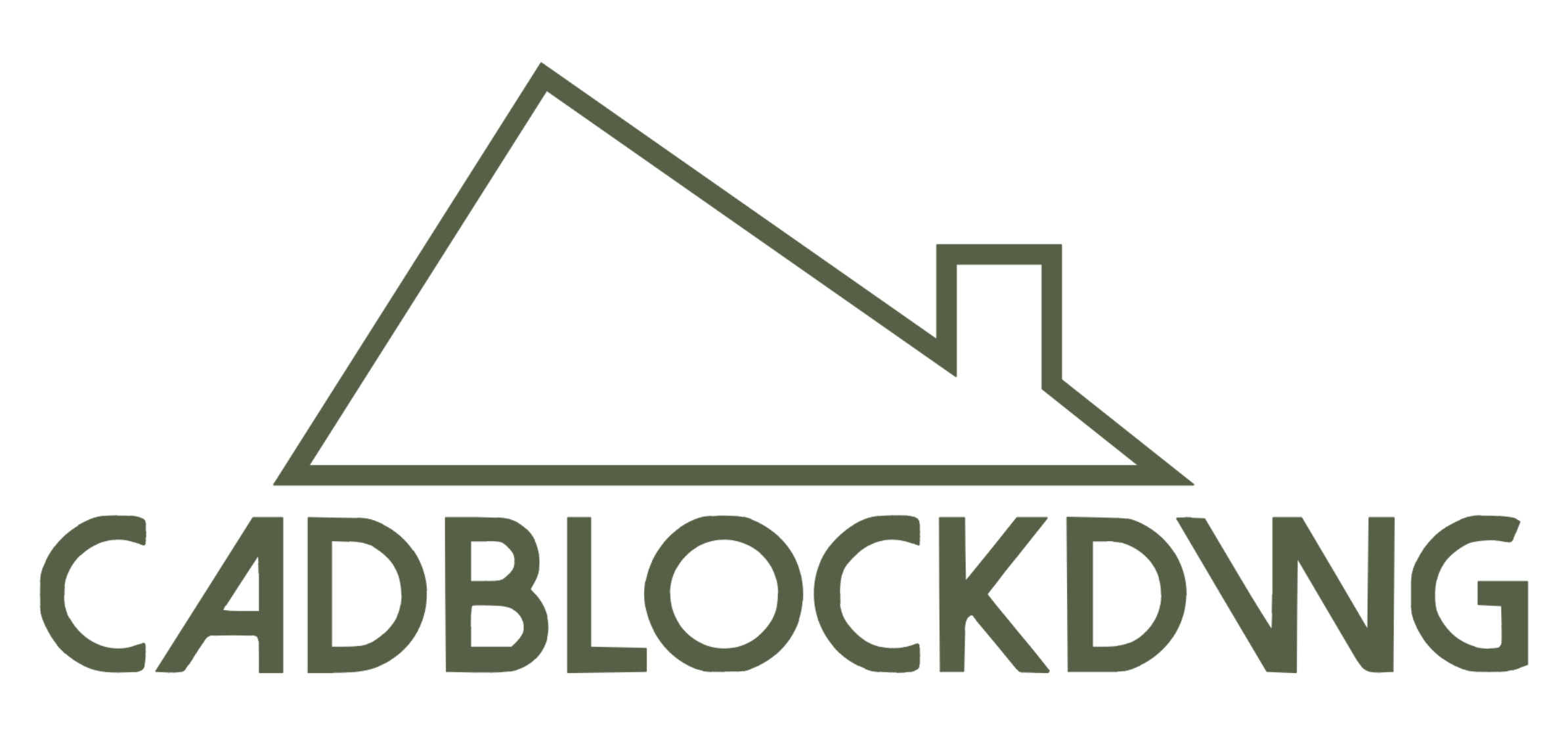Designers and drafters can use CAD blocks to reuse standardized components in their designs and drawings. However, like any tool, CAD blocks may cause problems ranging from minor annoyances to major issues that can halt a project. This article will examine some common issues with CAD blocks and how to troubleshoot them.
One of the most frustrating issues is when missing or incorrect blocks appear in the drawing. This can occur due to incorrect insertion points, scaling issues, or missing block definitions. To fix this issue, check the insertion point and scale of the block. Ensure that the block is inserted at the correct location and is the correct size. If the block definition is missing, you may need to import it from another source or recreate it from scratch.
Another common issue is when blocks have incorrect properties such as layer assignments, linetypes, or colors. This can be caused by incorrect block definitions, changes to the drawing’s layer settings, or user error. To fix this issue, check the block definition to ensure that it has the correct properties. You can also check the drawing’s layer settings to see if any changes have affected the block’s properties. Finally, double-check your work to ensure you have not accidentally made any changes.
If you are working with a large number of blocks or blocks with complex geometry, your CAD software may become slow or unresponsive. Insufficient computer resources or complex block definitions can cause this. To fix this issue, try optimizing your blocks by reducing the number of vertices and objects they contain or using more efficient block definitions. You can also try increasing your computer’s memory or processing power to improve performance.
Sometimes, blocks may behave unexpectedly, such as not responding to commands or changing unexpectedly. This can be caused by incorrect block definitions, changes to the drawing’s layer settings, or user error. To fix this issue, check the block definition to ensure that it has the correct properties and behaviour. You can also check the drawing’s layer settings to see if any changes have affected the block’s behaviour. Finally, double-check your work to ensure you have not accidentally made any changes.
In conclusion, while CAD blocks are useful for designers and drafters, they may cause problems. By understanding common issues with CAD blocks and how to troubleshoot them, you can keep your projects running smoothly and avoid delays.
